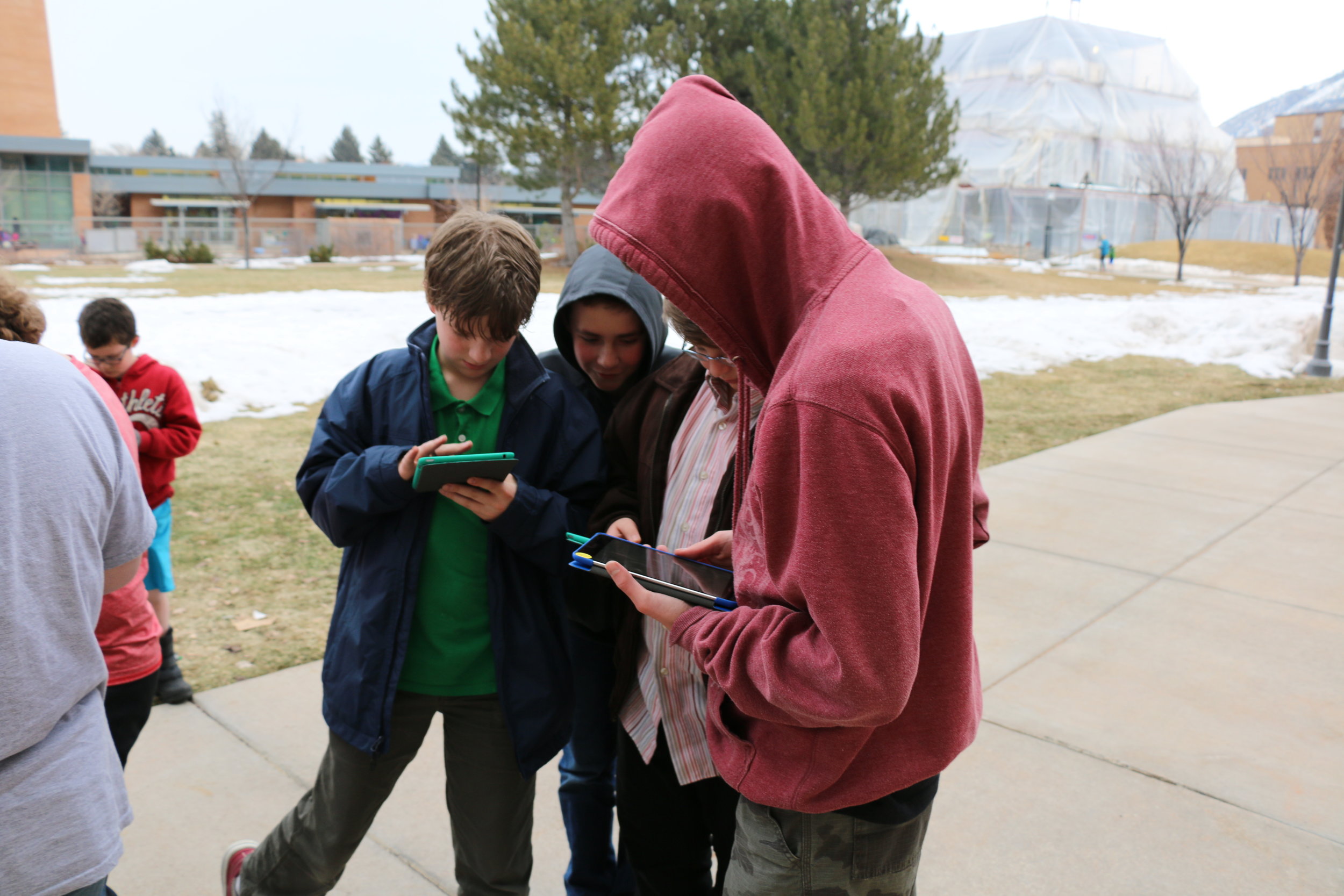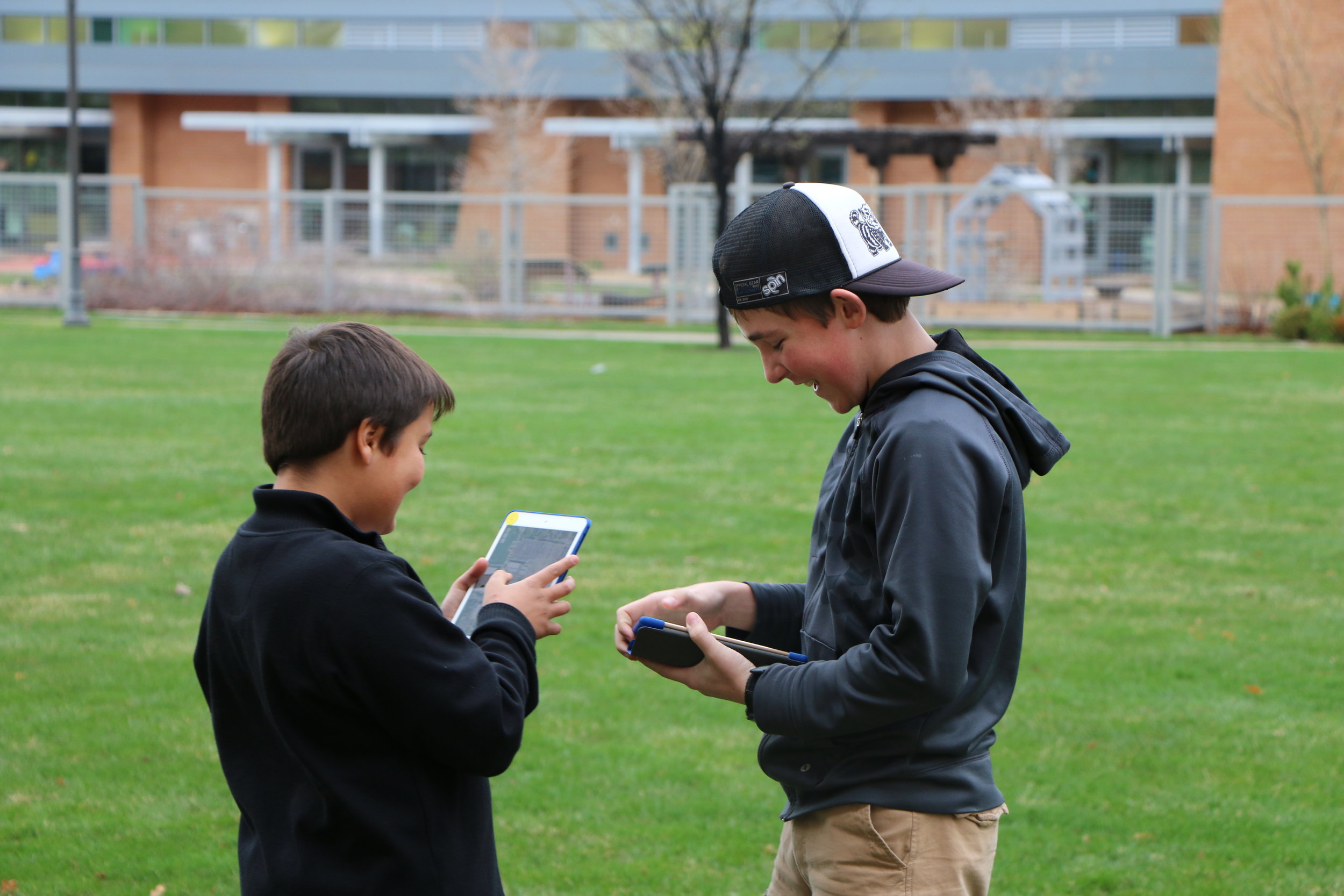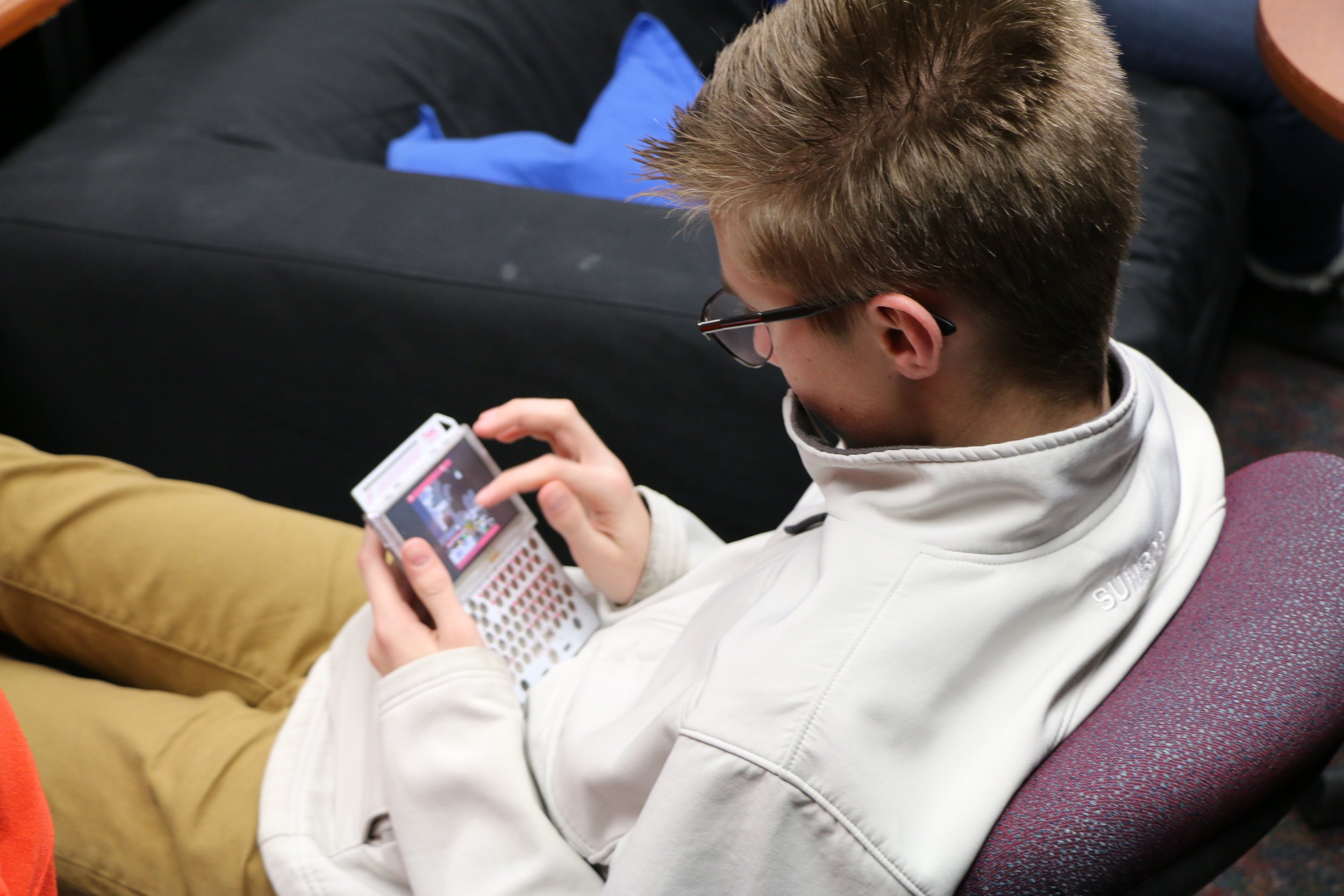Storycoding
We explore how to support teaching and learning of computational thinking (CT) practices in interdisciplinary, age-appropriate contexts. To prepare youth to be computationally literate in a digital world economy, two key approaches have emerged aiming to make text-based programming more widely applicable, accessible, and age-appropriate.
Storycoding: Computing Through Place and Story
We explore how to support teaching and learning of computational thinking (CT) practices in interdisciplinary, age-appropriate contexts. To prepare youth to be computationally literate in a digital world economy, approaches have emerged aiming to make text-based programming more widely applicable, accessible, and age-appropriate. Growing evidence, however, shows that a third approach of leveraging storytelling can make programming more accessible as well as increase interest in computation, especially for girls and younger children (Kelleher, Pausch, & Kiesler, 2007; Ryokai, Lee, & Breitbart, 2009). We adopt this storytelling approach in this project. Specifically, we examine how young people design place-based stories. Through the design process, students conduct rigorous inquiry on a topic often using or generating primary data and sources. They then engage in an iterative design process to build a computational artifact with augmented-reality (AR) technologies. Computing with place and story is an inherently integrative activity that brings together STEM and computer sciences practices in a range of other disciplinary contexts like social sciences and humanities, which draw on narrative as part of their core practice.
PARTNERS
PROJECT LEAD
Breanne Litts
PROJECT TEAM
Safe Passages for U
Safe Passages 4 U is a student-led initiative to improve the campus climate at Utah State University. The Safe Passages team believes that all students have the right to obtain the best education possible on this campus and to feel safe and supported while doing so.
This is a student-led initiative to improve the campus climate at Utah State University. The Safe Passages team believes that all students have the right to obtain the best education possible on this campus and to feel safe and supported while doing so. Acts of discrimination and harassment interfere with opportunities to exercise that right. It is not enough to tell underrepresented students where they can go if discrimination and harassment occur. Members of our community should be proactively preventing or interrupting acts of discrimination and harassment. The purpose of this project is to increase awareness, knowledge, and skills surrounding diversity issues at USU using a novel and flexible approach that incorporates in-person training and a mobile application. The project supports two overarching goals related to diversity: 1) teach individuals to approach situations involving diversity and marginalized groups by developing awareness, knowledge, and skills; 2) create a mobile app to connect trained individuals, “buddies,” with students, “users,” who seek immediate support. As partners on this project, the LED Lab supported the mobile app portion of this grant work.
PI: Kaylee Litson (PhD student, Psychology)
Funding source: USU Diversity Council Long-Term Grant Submission, NSF
Computational Making Scaffolds
To make computational making with visual programming tools more approachable for youth and interdisciplinary subjects, learning supports or scaffolds that will help 10-14 year old youth develop an interactive game narrative and then transition from their design ideas into the visual programming tool they are using are needed.
With the rise of computational making in education, Whitney Lewis’ thesis work focused on the need to develop design scaffolds, or supports, for learners who engage with computational making processes. Members of the L.E.D. Lab planned and hosted a workshop with youth learners where they explored how design scaffolds such as an example game, open discussion, debugging activity, and storyboarding tool would help learners program a game in the visual programming tool ARIS. In addition, this work included evaluative feedback from ARIS designers. Both the findings from the workshop and ARIS designer evaluation were used to inform future implementations of design scaffolding for computational making.
PARTNERS
PROJECT LEAD
TEAM
FUNDING
This project was funded, in part, by a Graduate Student Research Award to Whitney Lewis from the Emma Eccles Jones College of Education and Human Services at USU.
Computing with PocketCHIP
We explore how to support teaching and learning of computational thinking (CT) practices in interdisciplinary, age-appropriate contexts. To prepare youth to be computationally literate in a digital world economy, two key approaches have emerged aiming to make text-based programming more widely applicable, accessible, and age-appropriate.
Youth using PocketCHIP
Computer Science (CS) is a rapidly expanding field with many new and exciting opportunities. Computational Thinking (CT), a skill set and attitude that “involves solving problems, designing systems, and understanding human behavior, by drawing on the concepts fundamental to computer science,” is essential for success in this discipline (Wing, 2006). In this project, we compared young people's design processes when using a visual mobile programming tool and a text-based mobile programming tool. We are investigating the following questions: Do participants improve their CT skills while programming and remixing on mobile devices and which of these skills are most frequently exhibited? What does remixing a game look like in a visual-based mobile programming tool versus a text-based mobile programming tool? How does this affect their view towards a career in computer science and their awareness and interest in technology?
PROJECT LEAD
TEAM
PROJECT FUNDING
This project was funded by USU’s Office of Research Undergraduate Research and Creative Projects grant to Chase Mortensen.




















